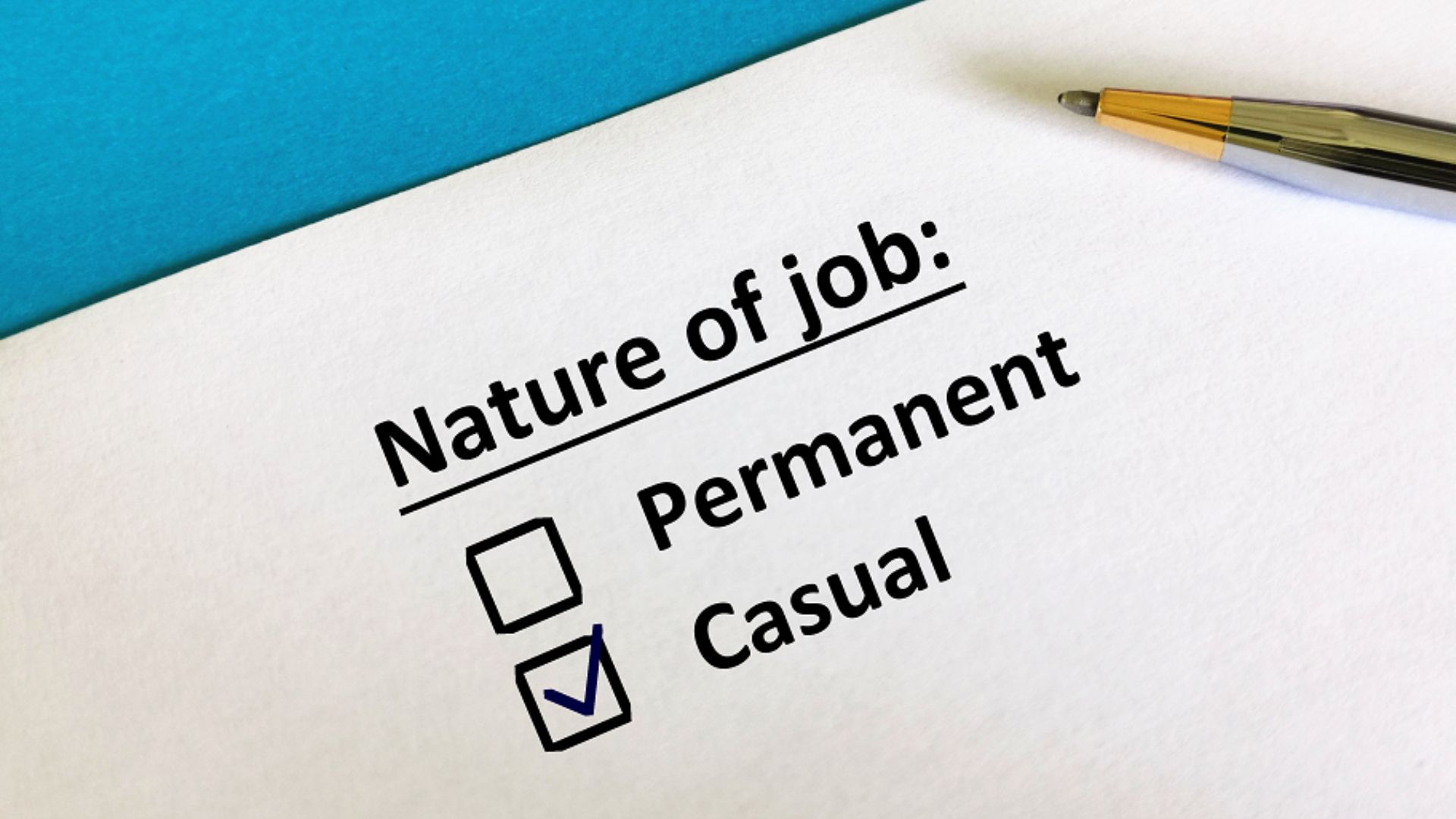Cam McLellan from Open Corp, explores why first home buyers should strongly consider rentvesting. The article was originally written for a young, first time investor audience.
Disclaimer: Please note our website, including this guest article, is in no shape or form designed to replace the need to obtain professional advice from experts such as Financial Planners. All information on our website is general & factual in nature, and should not be relied upon. In particular, we wish to remind you that the information in this article is not designed to replace advice. We always recommend you speak to a licensed professional. Please visit our website’s Terms & Conditions for more information.
Rentvestor. Heard of it? Well you should take note, as you could become one.
When it comes to buying your first property, Australians have two main options.
- Purchase as an owner-occupier. In this instance, first home buyers save up to purchase the perfect home they will live in, usually with the assistance of a home loan and 25-year mortgage.
- Purchase as a ‘rentvestor’. In this instance, first home buyers purchase an investment property in a more affordable area while continuing to rent in their preferred suburb.
For young people unwilling (or unable) to sacrifice their inner-city lifestyles, the latter strategy of renting in the city in conjunction with an investment property portfolio allows maintaining their current lifestyle while generating long-term gains.
Given the current media interest in rentvesting, it may seem like a newly-formed concept, but investors have sung this strategy’s praises for decades.
In fact, it was this very strategy that enabled all the OpenCorp directors (myself included) to initially enter the property industry almost 25 years ago. It’s only in recent years we have each purchased homes as owner-occupiers
The benefits of rentvesting come down to two main elements: cash flow (the return generated on money spent) and compound growth.
Cash flow
Unlike sole owner-occupiers who generate income from their salary alone, rentvestors have two additional streams of income – rent generated from tenants living in their investment properties, and tax benefits.
Investment properties often pay for themselves in the current market, or in a worst case scenario, may cost $100 a week (about $5000 a year) after rental and tax income.
However, if the cost of holding an investment exceeds the rental income, buyers can receive tax credit by claiming these deductions, creating what’s known as ‘negative gearing.’ Negative gearing allows out of pocket investors to claim a tax deduction on their holding costs and depreciation. While negative gearing is not the primary purpose of property investment, it is an attractive benefit of modern Australian property investment. The Property Council of Australia reports two million Australians own an investment property, with about 1.2 million using negative gearing.
In short, the costs and growth of owning an investment property (or several investment properties) while renting fare much better in the long term than purchasing a home as an owner-occupier.
Compound growth
The currently booming property market paired with Australia’s rapidly growing population means investors can be relatively confident in achieving significant compound growth.
Compound growth essentially means to create growth on growth. To develop compound growth, investors must apply a system that allows buying a property, seeing growth, withdrawing the equity, then repeating this process.
By buying an investment portfolio first and creating compound growth, rentvestors can afford to buy a desirable home they want in just a few years’ time.
So why isn’t everyone doing this?
The short answer – the ingrained idea of a first home being a place you live in and loves sees many potential rentvestors overlook this very viable strategy. It’s simply not how Australians have been programmed to think.
Another potential deterrent is the perceived work that goes into purchasing and renting out an investment property.
While no one is saying the initial investment purchase is easy, the long-term benefits well and truly outweigh any initial hassles.
First time investor tips
- Look at the bigger picture. A stressful day at the bank is ultimately worth it for the long-term benefits rentvesting provides.
- Expect the unexpected. Make copies of all documentation in case anything is misplaced and need refiling.
- Take a (calculated) risk. Your financial situation will not change without taking action.
- Prioritise long term-goals over short-term gains.
- Don’t be intimidated of the unknown.
- Treat investment with the same dedication you would give to study or work.
Written By,
Cam McLellan
This article was sourced from the Young Property Investor website.
We have developed our FHBA Services Community, a community of Australian business’s & services experienced at assisting first home buyers through the entire property journey, from saving for a deposit all the way through to searching, settling & moving in. Learn more about our FHBA Services Community here.




